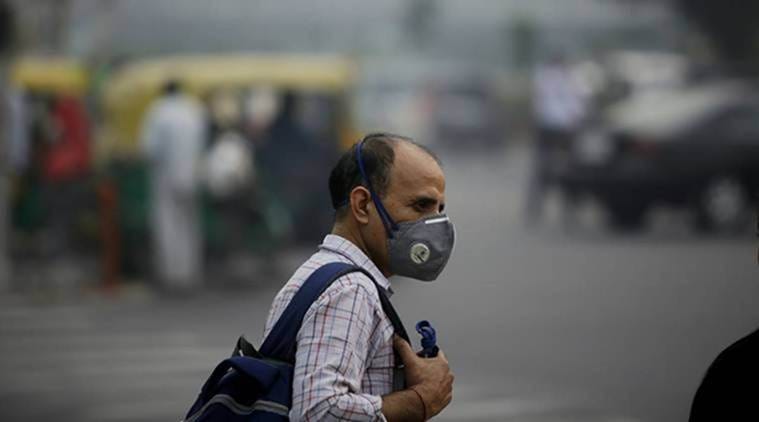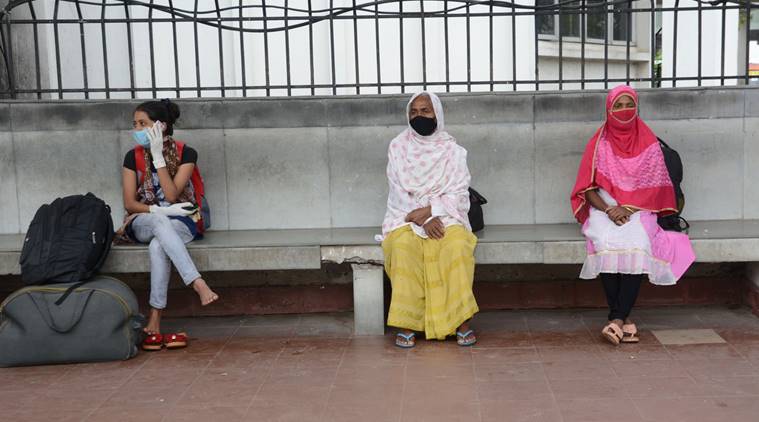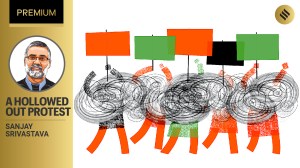- India
- International
How COVID-19 is amplifying gender inequality in India
Women are bearing a disproportionate amount of the burden that the imposition of lockdowns, shrinking of economic opportunity has created.
 While men’s immune systems may be less equipped to fight the virus, the socio-economic consequences of COVID-19 are stacking the deck against women.
While men’s immune systems may be less equipped to fight the virus, the socio-economic consequences of COVID-19 are stacking the deck against women.
Written by Kadambari Shah, Sahil Gandhi, and Gregory Randolph
While much of COVID-19’s epidemiology remains shrouded in mystery, we know that it claims the lives of men more than women — at double the rate in some countries. Other coronavirus outbreaks, such as the 2003 SARS and 2012 MERS epidemics, were also more deadly for men than women.
But this epidemiological fact risks obscuring another gender dimension of the pandemic. While men’s immune systems may be less equipped to fight the virus, the socio-economic consequences of COVID-19 are stacking the deck against women. These effects are clearest in developing countries like India, where gender inequality is a persistent challenge. Follow lockdown 4.0 guidelines live updates
Our research on the virus’s impact in slum communities in Mumbai, India’s financial capital and the biggest COVID-19 hotspot, is revealing the ways in which lockdowns exacerbate the marginalisation of women, especially poor women.
Even in normal times, women face extra burdens when infrastructure is inadequate. According to Sitaram Shelar of Pani Haq Samiti, a non-profit focused on water access, about 4.5 million people in Mumbai lack access to a household water connection, forcing them to line up at community water taps. In her 2012 award-winning book Behind the Beautiful Forevers, Katherine Boo writes: “[S]he lost two hours of her morning standing in line for water at a dribbling tap…” The operative word here is she; this task almost always falls to women.

 Poor and needy persons being served food at a delhi congess office during ongoing COVID-19 lockdown in New Delhi, Thursday, April 23, 2020. Express Photo By Amit Mehra
Poor and needy persons being served food at a delhi congess office during ongoing COVID-19 lockdown in New Delhi, Thursday, April 23, 2020. Express Photo By Amit Mehra
Under India’s strict COVID-19 lockdown, household water needs have swelled, owing to high summer temperatures, all family members being at home, and the emphasis on frequent hand-washing. The result: Women are spending more time queuing up. Some are also turning to an underground water market, which operates under the cloak of darkness. Shelar explained that as women step out in the wee hours of the morning to buy water, they often face sexual and verbal harassment. Follow Covid India live updates
Harassment, however, is mostly escalating behind closed doors. Aparna Joshi, Project Director of iCall, a mental health helpline, called the current situation “a brewing pot”. Frustrated, unemployed, and/or struggling to access tobacco and alcohol, several men are unloading their anger through physical, verbal and sexual assault. The surge of violence is affecting millions of women of all classes.
Some non-profits in India are finding creative tactics to support women, like hiding phone numbers for domestic abuse hotlines inside food rations. Yet, these laudable efforts pale in comparison to the scale of the challenge. The UNFPA warns that the pandemic could reduce progress against gender-based violence by one-third.
 Women wait for bus after getting a pass from district administration to go to their home in a Assam State Transport Corporation vehicle (ASTC)during the nationwide lock down in the wake of coronavirus pandemic in Guwahati. (Express photo: Dasarath Deka)
Women wait for bus after getting a pass from district administration to go to their home in a Assam State Transport Corporation vehicle (ASTC)during the nationwide lock down in the wake of coronavirus pandemic in Guwahati. (Express photo: Dasarath Deka)
COVID-19 is shifting other household dynamics, too. Domestic responsibilities that women bear, like cooking and cleaning, have ballooned. Even worse, because women in Indian families tend to eat last and the least, research has shown that financial strain and food shortages affect women’s nutrition more than men’s. The same pattern is visible across the developing world, from Zimbabwe to Bangladesh.
To make matters worse, the lockdown has cut off most formal and informal support systems for women. In developing countries, low-income families often share one smartphone, owned by the husband. According to Joshi, women’s lack of digital access is making them more vulnerable to misinformation.
Unequal access to technology will fuel other consequences for women — especially in education and employment. As many of the world’s children switch to online learning, girls in countries like India may lose out, given that they are less likely than boys to have access to the internet. And as analysts foresee more jobs moving online post-pandemic, the digital divide might exacerbate job market inequalities.
In fact, many aspects of the COVID-19 economic fallout are likely to reduce job prospects for women.
As India eases its lockdown with requirements that businesses operate with fewer employees, trends toward mechanisation could accelerate. Because women are generally relegated to menial tasks within production processes, their jobs are often the first to go when firms automate. And with partial lockdowns involving reduced public transit, women might find their access to work curtailed, given their disproportionate reliance on buses and trains for commuting.
India already struggles with declining female labour force participation — on par with Saudi Arabia at 24 per cent. If women’s employment continues to drop post-COVID, this will only magnify the damage to their position in families and society, given that employment is one of the strongest predictors of women’s empowerment, not to mention important for boosting GDP.
What would a gender-sensitive pandemic response look like? It begins with a full-throttled focus on supporting women who face domestic violence. A recent court ruling in Delhi provides a roadmap: Publicising helplines, relaxing lockdown rules for women to leave home and seek support, and sensitising the police.
And women’s employment must become a priority in recovery efforts. Initiatives to enhance digital access and skills should be scaled up and targeted specifically to low-income women. Direct employment programmes to provide necessary supplies should be expanded; for example, the government in the state of Andhra Pradesh is employing thousands of women to stitch masks.
Not only in India, but in every part of the world, the social and economic crisis of COVID-19 must be understood through the lens of gender. The policy response must be structured around rebuilding economies and societies in ways that empower women to lead safe, productive and fulfilling lives.
Shah is a senior associate at IDFC Institute, a think tank in Mumbai, Gandhi a visiting scholar at Brookings India and is a postdoctoral scholar at the Lusk Center for Real Estate at the University of Southern California and Randolph is founding partner of the JustJobs Network and a PhD candidate in urban planning at the University of Southern California
EXPRESS OPINION
Must Read
More Explained
May 11: Latest News
- 01
- 02
- 03
- 04
- 05







































